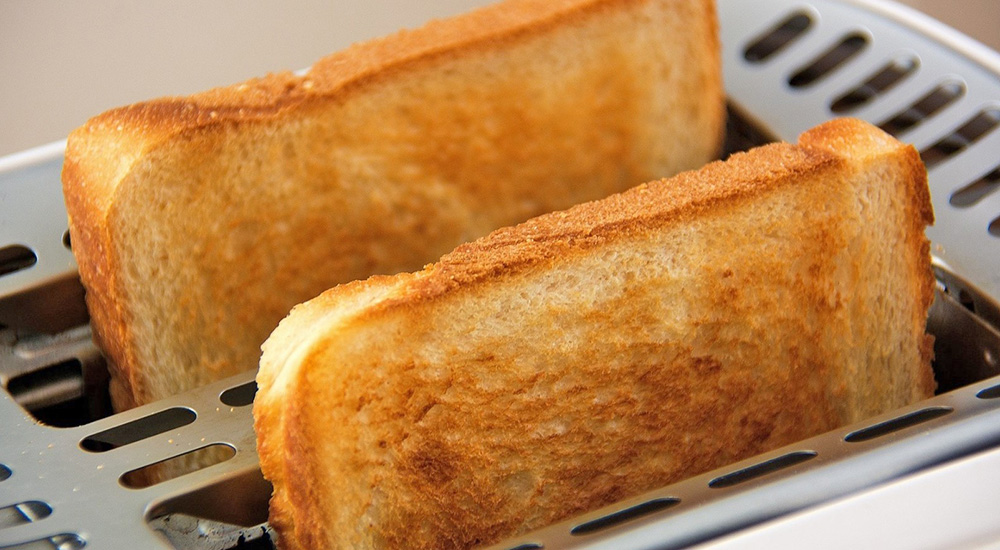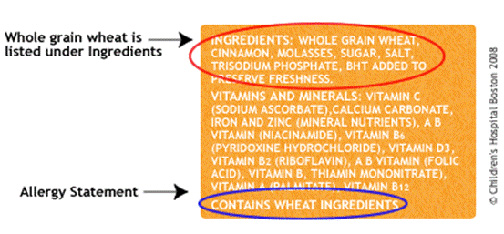Army Veteran Susan struggled with gastrointestinal (GI) issues for years with no real answers and various diagnoses. After doing an eliminations diet and researching online, she talked to her primary care provider about the possibility of celiac disease. Follow up blood work and additional testing showed she did indeed have celiac disease.
Susan was happy to finally have an answer to her discomfort and a manageable treatment plan. She wasn’t alone in her frustration to figure out what was causing her symptoms. It’s estimated that 83% of individuals with celiac disease are not diagnosed or misdiagnosed.
What exactly is celiac disease and what does it mean when you have it? It is an autoimmune disease triggered by consuming gluten which causes damage to the small intestine. If left untreated, celiac disease can cause osteoporosis, anemia, malnutrition, nervous system problems and problems with the reproductive system.
Gluten sensitivity or a wheat allergy are other reasons people might follow a gluten-free diet. However, these conditions do not cause damage to the intestines like celiac disease.
Common symptoms:
- Diarrhea
- Fatigue
- Headaches
- Dermatitis Herpetiformis (itchy skin rash)
- Others
The only treatment available for celiac disease is a strict, lifelong gluten-free diet. Gluten is a protein found naturally in certain grains, such as wheat, rye and barley. Gluten can also be added to other foods and products. The most common food sources that contain gluten are: baked goods, baking mixes, breads, cereals, pasta, beer and malt beverages.
It’s important to read labels and look at the allergy statement to identify sources of gluten. It’s also important to make an effort to avoid cross-contamination. For example, putting gluten-free bread in a toaster that has been used for regular bread could cause cross-contamination.
Cost-effective naturally gluten-free foods:
- Fruits
- Vegetables
- Meat and poultry
- Fish and seafood
- Dairy
- Beans, legumes & nuts
Naturally occurring gluten-free grains:
- Amaranth
- Buckwheat
- Corn
- Cornstarch
- Guar gum
- Millet
- Gluten Free Oats
- Pea Flour
- Potato
- Quinoa
- Nut Flours
- Rice
- Sorghum
- Soy flour
- Teff
If you are concerned about having celiac disease, complete the Symptoms Assessment Tool and contact your PACT team. To learn more about following a gluten-free lifestyle, visit your VA dietitian today. Check out these great gluten-free recipes and meal plans.
Topics in this story
Link Disclaimer
This page includes links to other websites outside our control and jurisdiction. VA is not responsible for the privacy practices or the content of non-VA Web sites. We encourage you to review the privacy policy or terms and conditions of those sites to fully understand what information is collected and how it is used.
More Stories
Study underscores important role COVID vaccination can have in protecting Veterans from infection and reducing long-term health consequences
Columbia VA’s robotic surgery teams completed their 800th robotic surgery and are on schedule to hit 1,000 by the end of the year.
In a decentralized clinical trial, Veterans can participate from their own homes or local VA instead of having to travel to a research site.








I started a gluten free commercial bakery after my wife was diagnosed with celiac disease. I am an Air Force veteran and in 2013 asked if the DOD would have any interest in purchasing gluten free food for the military. I was told that no one would be allowed in the military if they had to have a special diet for celiac disease due to the logistics of feeding personnel in combat. Even then 1% of the population knew they had celiac disease and 6% knew they had gluten intolerance. Prior to the pandemic, our products were in many commissaries. Based on sales, many people shopping the commissaries purchased our gluten free products. The other thing to understand about gluten is that it is used in medicine capsules, shampoo and makeup. It is very important to read all ingredient labels.